- You are here:
- Home »
- Blog »
- Exploring Your Internal Map Of Reality (Series) »
- Exploring Your Internal Map Of Reality Part 6: Modalities and Submodalities (Part 1 of 3)
Exploring Your Internal Map Of Reality Part 6: Modalities and Submodalities (Part 1 of 3)
In this article, we explore an aspect of the Internal Map of Reality called ‘Modalities‘. These are often called ‘Representational Systems’ (‘Rep. Systems’).
If you look at the image below, you’ll see an arrow to the right called ‘input from the environment’. This points to a number of things (filters) that eventually lead to an ‘internal representation of reality.’

We have discussed 2 of these previously, namely values and beliefs.
Today we’re going to talk about the ‘internal representation’ that results from these filters.
The 6 Modalities
When we consider the input from the environment, it can come in various different ways that reflect our 5 senses:
- What you see (visual)
- What you hear (auditory)
- What you feel (kinaesthetic)
- What you smell (olfactory)
- What you taste (gustatory)
Each of these are called ‘Modalities’.
When input comes in, it is filtered using the filters described above and on the image, and an ‘Internal Representation’ is made about this input.
Internal Representations can thus have 5 main forms, with a 6th form derived from what you hear called ‘auditory digital.’
This 6th form represents the data from what you hear – particularly the information from speech. It also represents the internal dialogue people have with themselves.
It has been established that whilst everyone uses all of these modalities to some extent, people do use at least one of them preferentially.
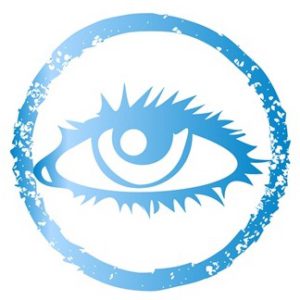
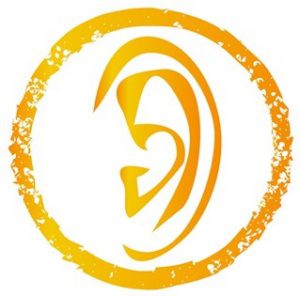 About 40% of the population prefer visual representation. Another 40% prefer auditory. The remainder (20%) prefer kinaesthetic and ‘auditory digital.’
About 40% of the population prefer visual representation. Another 40% prefer auditory. The remainder (20%) prefer kinaesthetic and ‘auditory digital.’
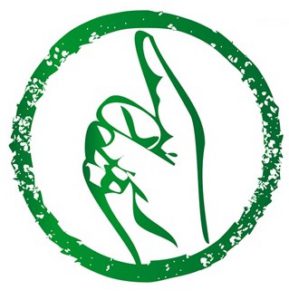 Smell and taste are not in the ‘preferred’ categories but are still vital in the scheme of things.
Smell and taste are not in the ‘preferred’ categories but are still vital in the scheme of things.
Using the appropriate modality
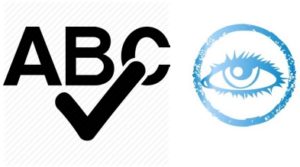 Certain modalities are more appropriate than others. For instance when you spell a word, ‘seeing’ the word may be more appropriate than trying to feel or hear it.
Certain modalities are more appropriate than others. For instance when you spell a word, ‘seeing’ the word may be more appropriate than trying to feel or hear it.
 If you are physically building a house it might be more appropriate to use your kinaesthetic modality than your auditory one.
If you are physically building a house it might be more appropriate to use your kinaesthetic modality than your auditory one.
Of course people who are blind would only be able to think in terms of hearing a word. Their tactile (kinaesthetic) sense would also be important when using Braille. Similarly someone who is deaf will use other modalities in preference.
Often people get into trouble because they are not using the appropriate modality. For instance, people with ADHD, who at one time were often misdiagnosed or mischaracterised as being mentally retarded, are merely using the wrong ‘rep. system.’ In fact, these people are trying to use their kinaesthetic system to do things such as spelling, when it would be better to use their visual system.
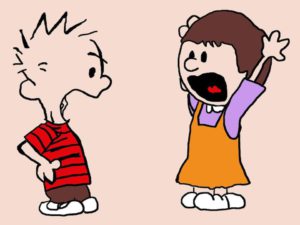 Often relationships break down because of incompatible rep. systems. For instance a visual person married to a kinaesthetic person might have trouble communicating.
Often relationships break down because of incompatible rep. systems. For instance a visual person married to a kinaesthetic person might have trouble communicating.
For the visual person, how things look, having things neat and tidy is important. But what is important to the kinaesthetic is touch and feeling. Because the visual will tend to relate to the kinaesthetic in visual language, the kinaesthetic will most likely not get what they’re saying, and vice versa.
Most people use their preferred rep. system unconsciously. However if you really want to be in control of your life, it pays to be aware of the other options you have.
Please Click Here for part 2
Watch an interesting video here.
